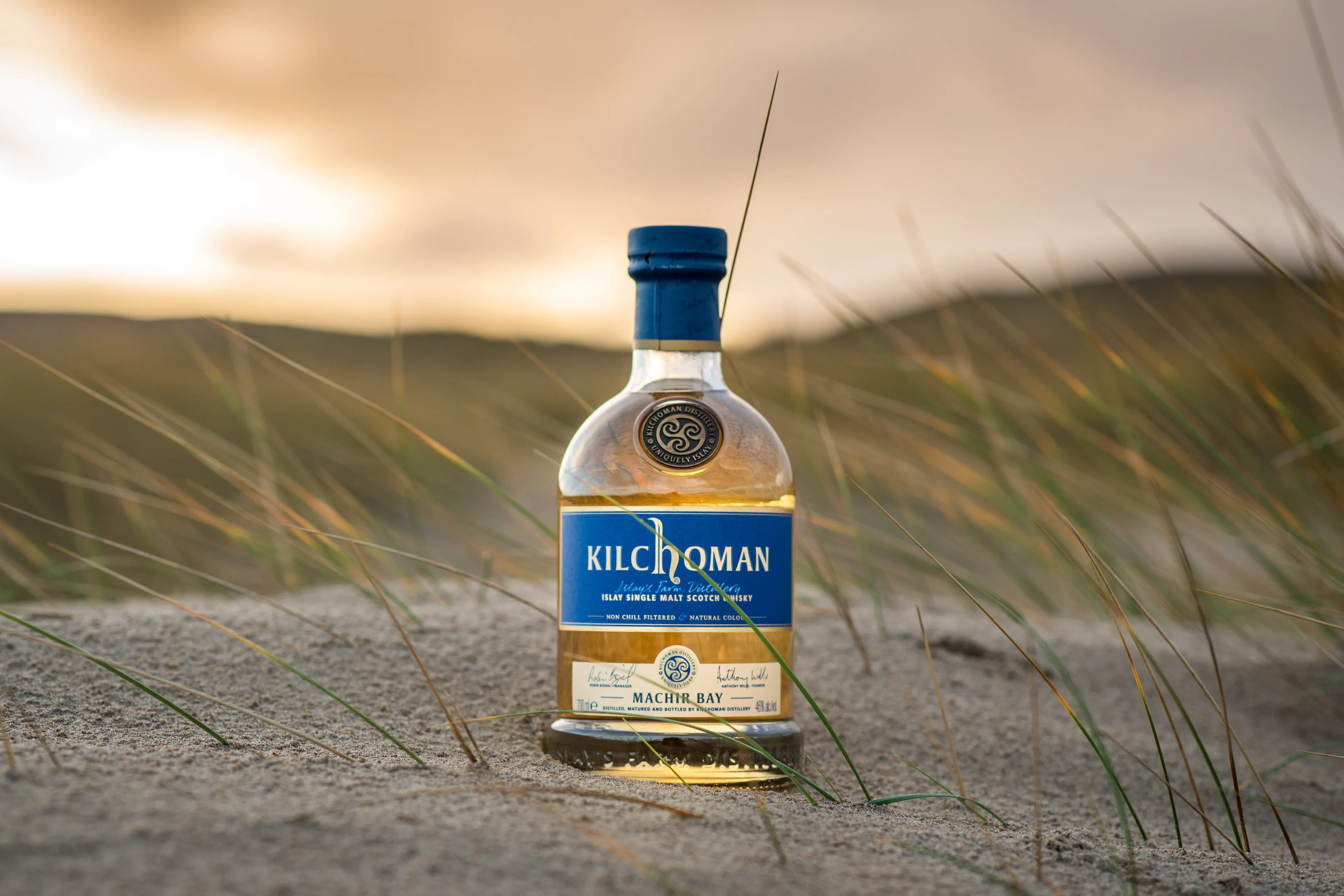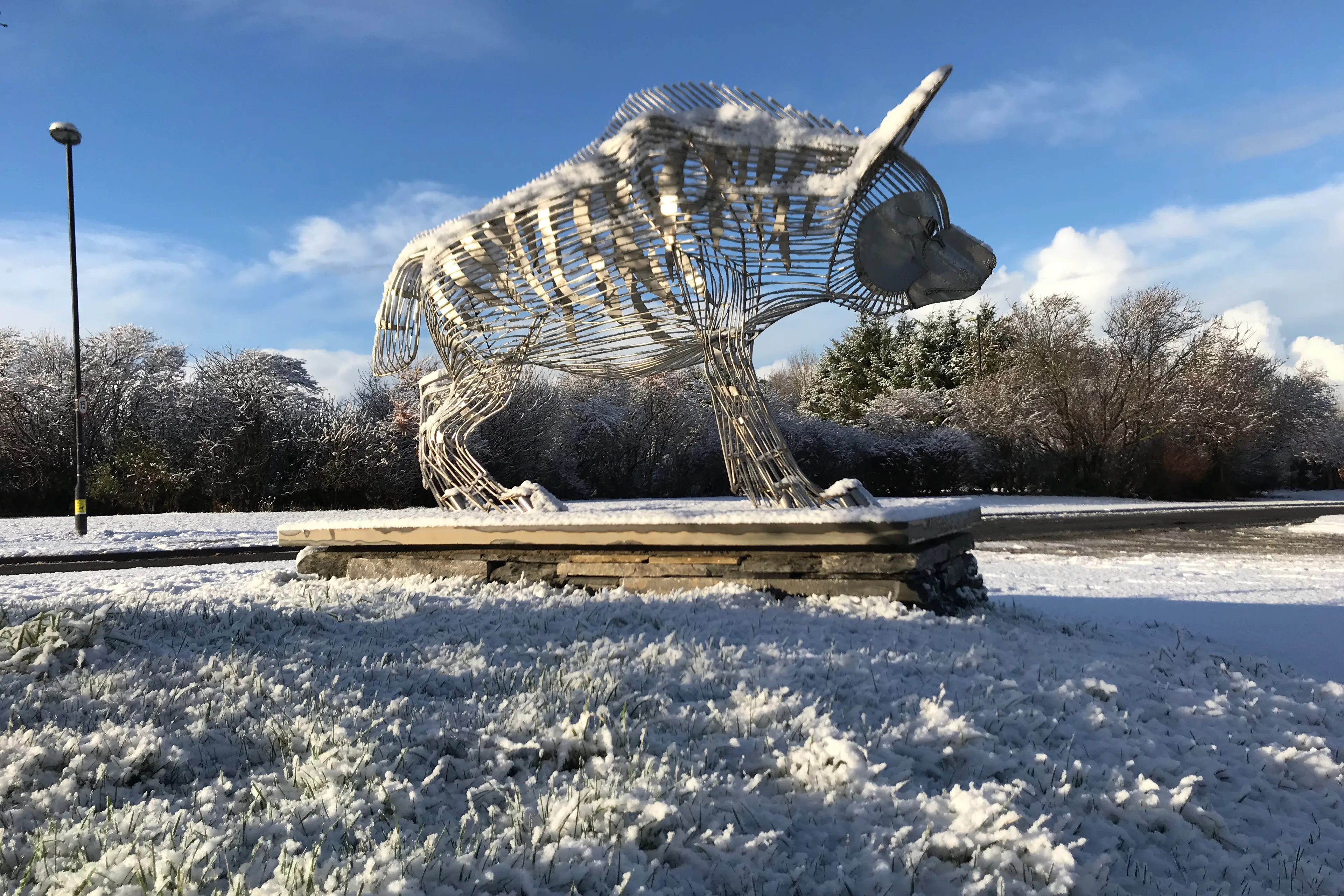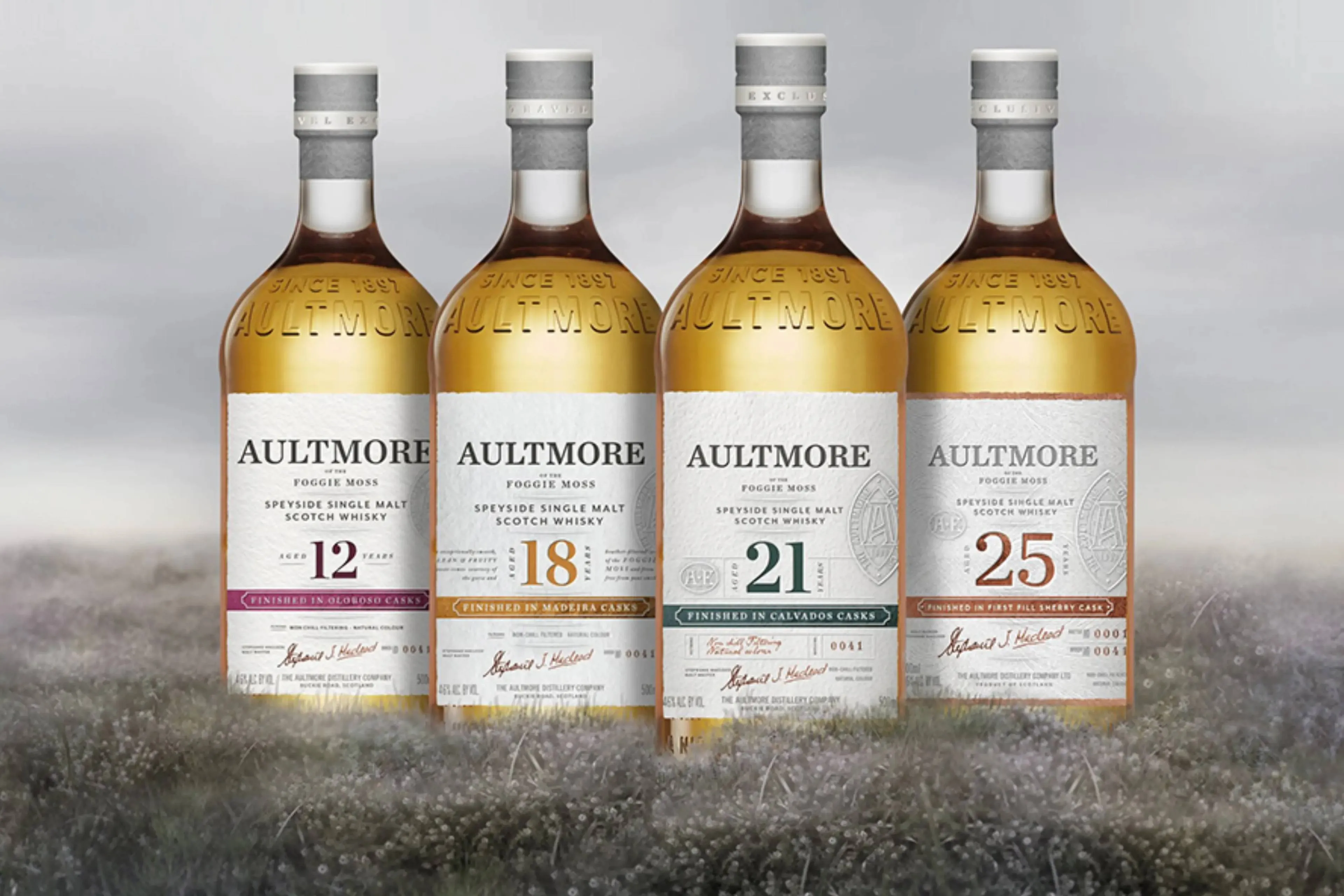Speyburn Distillery: The Whisky That Had To Be Born Before 1888 (Distillery Thursday)
SectionsSaturday, 02 August 2025 at 10:08
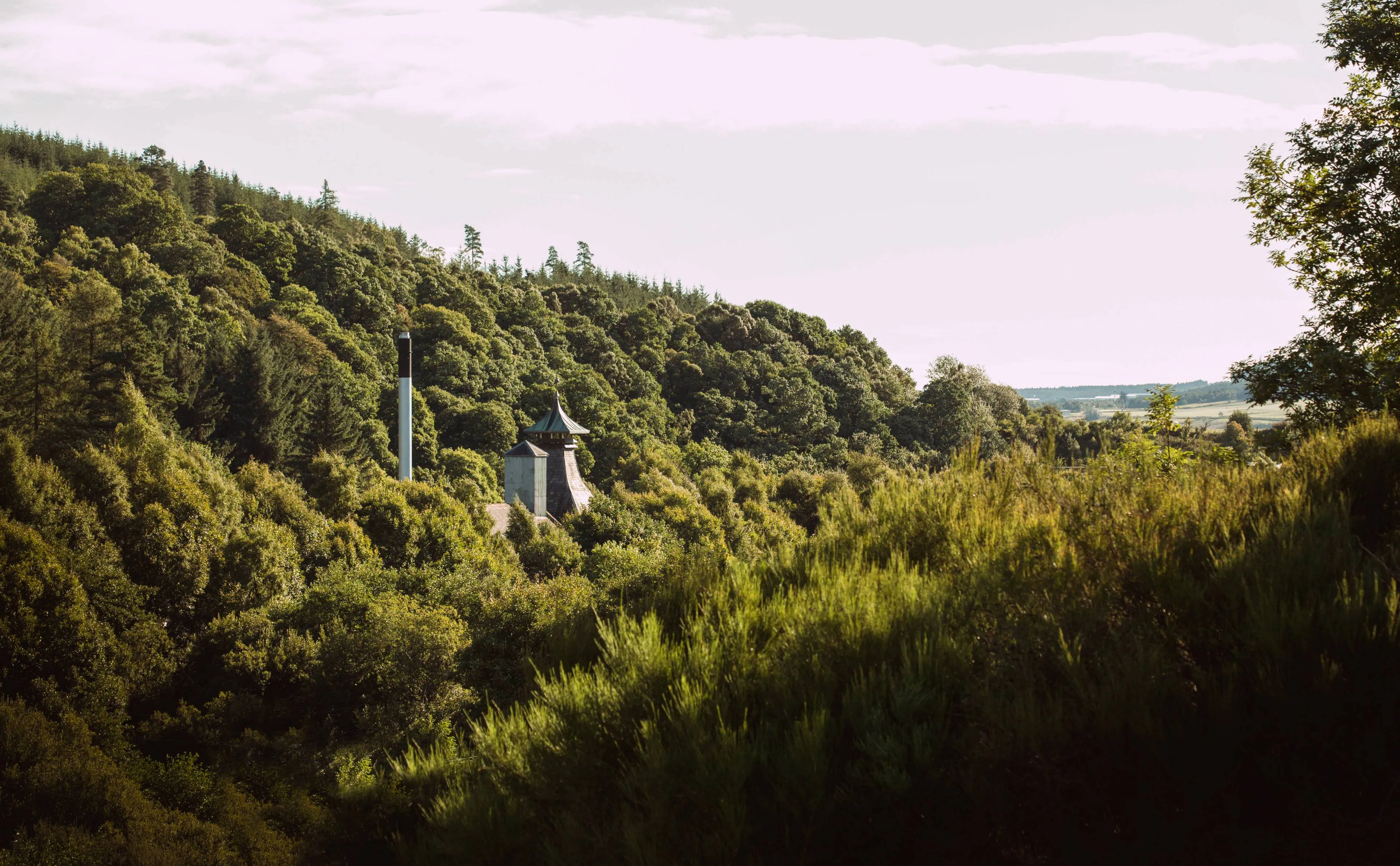
This week, we travel to Scotland in 1897. That was the year when the Speyburn Distillery was established in a race against time. Travel through time with us and discover how this whisky story unfolds exactly.
A birthday not to be forgotten
In 1897, John Hopkins, the spiritual father of Speyburn Distillery gets an idea that will lead to a unique new distillery in Speyside. Queen Victoria of the United Kingdom is celebrating her Diamond Jubilee and Hopkins wants to do something special.
He is determined to establish a whisky distillery and distil a first spirit. This way, he can release a whisky with the year of the Diamond Jubilee printed on it.
However, construction of a distillery is not something that happens casually, and this is particularly true for distilling whisky. Hopkins is called insane and his mission is labelled ‘impossible’.
A design like no other
Hopkins doesn't doubt his plan and starts looking for a suitable place. Eventually, he chooses a spot in the forested area around the River Spey. The water of this river is incredibly pure and that is important for his whisky.
However, the small spot where Hopkins wants to build is not so easy. Therefore, architect Charles C. Doig is called in. He has to assess the distillery's location and design a distillery that fits there.
Doig eventually comes up with a plan for a whisky factory that doesn't expand in width, but in height. It is a unique design with three floors, layered drying floors where barley can be malted, and a pagoda roof that rises high above the trees.
Locking horns with the weather gods
The construction of the distillery begins fairly quickly since there is a tight deadline after all. It is still not likely to be met, but Hopkins has resolved to start distilling in November.
Then problems arise: the weather isn’t cooperating, and construction setbacks occur. These are delays the aspiring distiller can hardly afford. Yet through sheer determination, Hopkins manages to get the boilers up and running by December.
The distillery is far from complete at this point, but time is pressing. It’s the middle of winter when Hopkins fires up the boilers at Speyburn Distillery, even though there are still no doors or windows in the building.
It’s no easy feat, especially with a heavy snowstorm raging outside. Bundled in thick winter coats, scarves, and gloves, they brave the weather gods and finally, the first spirit begins to drip from the boilers.
Just in time
On the very last day of the year, the impossible is achieved: the first barrel from Speyburn Distillery is filled. The spirit is quickly moved to the warehouse for maturation. The men behind this cask now have not only the queen’s jubilee to toast to but also their very first whisky.
In the years following, Hopkins and his team continue building to complete the distillery. Windows and doors are finally installed, and more spirit flows from the stills. The brand gradually grows in popularity but Hopkins himself has had enough.
In 1916, he sells Speyburn Distillery to The Distillers Company Limited, which today is part of Diageo.
From whisky maker to artillery base
The years slowly pass as the distillery quietly operates. Then in 1939, World War II breaks out. Speyburn Distillery is forced to close its doors and becomes the home base of the artillery. This lasts until 1947.
After the war, the distillery's doors open as usual. The smell of soldiers and war gives way to the smell of whisky. The distillers heat up the boilers again and the first spirit trickles down through the spirit safe.
In the following years, various renovations take place with the biggest change being the discontinuation of coal to heat the boilers in 1962. Speyburn Distillery switches to steam.
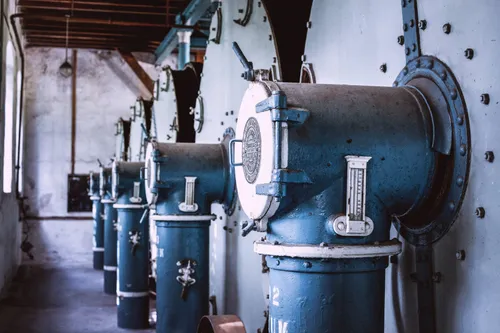
A piece of Scottish history
A short period after the restart, the famous Galland-Henning Pneumatic drum maltings cease operation. These can now be seen in the distillery, as they are a piece of Scottish history.
We move on to 1992 when Speyburn Distillery changes owners once again. The Distillers Company Limited sells the distillery to Inver House Distillers and this proves beneficial for the whisky maker.
The distillery is remodeled in the subsequent years, leading to a doubling of the production capacity in 2014. More spirit means more whisky.
A magical place to visit
To this day, the Speyburn Distillery is located in the heart of Speyside, in the same place where a large forest once hid the distillery. These days, Speyburn Distillery is not so hidden, although beautiful forested surroundings still enclose the whisky maker.
Furthermore, the pagoda roofs can still be observed, and the distillery is open to the public. Not only is this fascinating story told during tours and tastings, but the divine drink of Speyburn can also be tasted.
Read also
loading
POPULAR NEWS
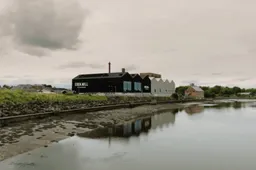
This Brand-New Whisky Distillery Was In Serious Trouble and No One Noticed

Top 10 Speyside Whiskies to Buy Now or Gift Someone
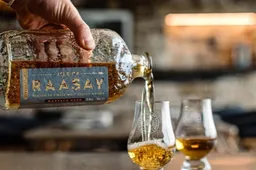
These are the Best Whiskies of 2026, According to the World Whiskies Awards
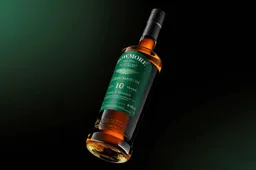
Why Aston Martin Is Suddenly Easing Off the Whisky and Betting Big on Tom Holland
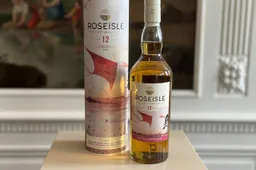
Diageo pauses malt production at a major whisky distillery

The 10 Best Whiskies for Beginners to Buy
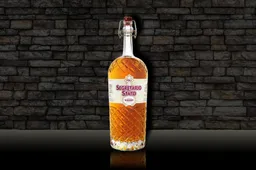
The 7 Best Whiskies from Northern Italy, All in One Place

The 5 Best Indian Whiskies At a Glance
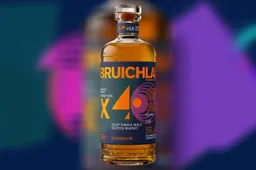
Bruichladdich Reveals 'World Premier' in Whisky

Black Art Whisky is Back, but With a Mysterious Twist
LATEST COMMENTS
- Hi Yvonne, Thank you for your response and for sharing the video. Unfortunately, the evidence you referred to consists only of two people talking about the whisky, without any explanation or identification. We have not spoken to the individuals in the video ourselves, nor can we verify who they are. We describe it as a Chinese whisky because it is released by a Chinese distillery. As you mentioned, the distillery has chosen to label the product as “pure malt” instead of “Chinese whisky.” Based on that, we do not believe they are doing anything illegal.M0nkey16-11-2025
- So - you have the proof......where's your write up?Yvonne16-11-2025
- You are absolutely right. Luckily that doesn't matter for the taste of the whisky. Have you tried it yet?M0nkey05-11-2025
- Guess what? Finland is not part of Scandinavia.Gray105-11-2025
- Throw in the towel? You mean restructure to compete and win in a challenging industry environment.WestwardFounder21-10-2025
- There is nothing legally to prevent the English whisky GI from coming into force, it complies with all the relevant laws and the single malt definition follows the precedent of Welsh whisky and US whiskyChefBear15-10-2025
- Three emails sent (two with videos, linked to a Google Drive Share). 1. The original video. 2. The video with subtitles as it was shared on YouTube 3. Screen grab of the YouTube channel where the video was blocked due to Pernod Ricard lobbying. The story was covered on Drinks Intel at the time - link here - https://drinks-intel.com/subscriber-news/pernod-ricards-the-chuan-pure-malt-whisky-not-sourced-solely-from-china-global-drinks-intel-exclusive/Yvonne10-10-2025
- Hi Yvonne, Thank you for your interesting comment. Could you share your copy with us, so we can adjust our item accordingly? Mail us at [email protected]. Thank you in advance.M0nkey09-10-2025
- Let's keep this factually correct. Pernod Ricard DID NOT release a Chinese whisky. Their first output from The Chuan (the name of the distillery in Sichuan, China) wasn't fit for bottling. What they actually bottled was imported Scotch whisky. This is why the product is called "PURE MALT" and not "Chinese Whisky" - because Pure Malt is not a regulated term - this is not a secret. This was exposed about a week after they released it. There were even videos about their own staff on site admitting it was made from imported whisky - which Pernod Ricard got the lawyers onto to get the video pulled. I've got a copy if you want it.Yvonne09-10-2025
Loading
